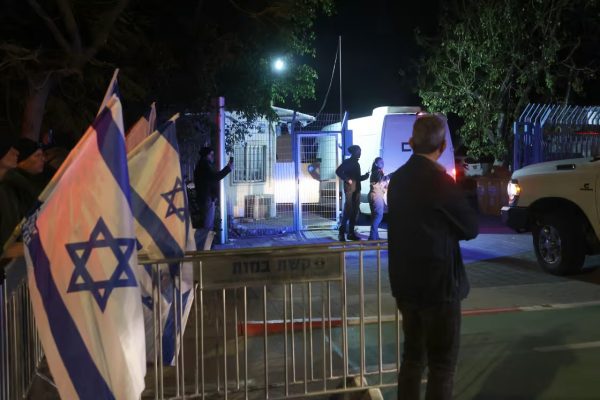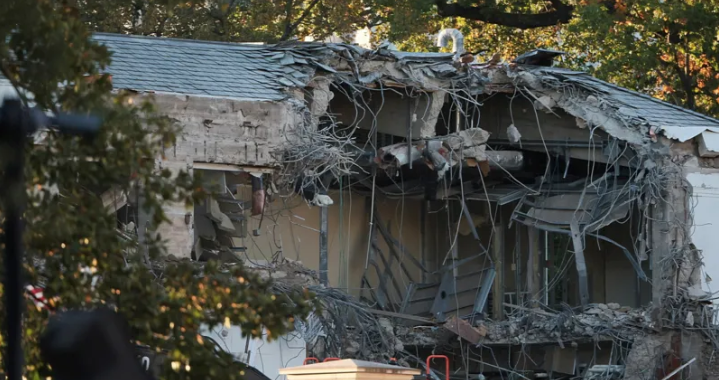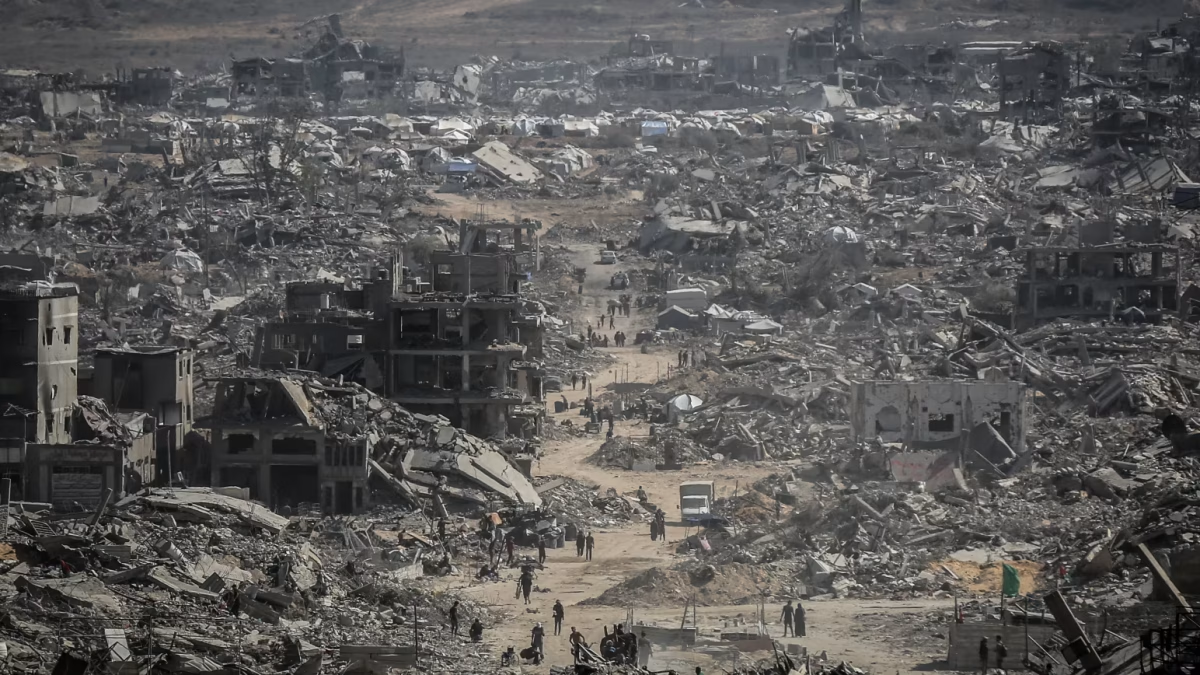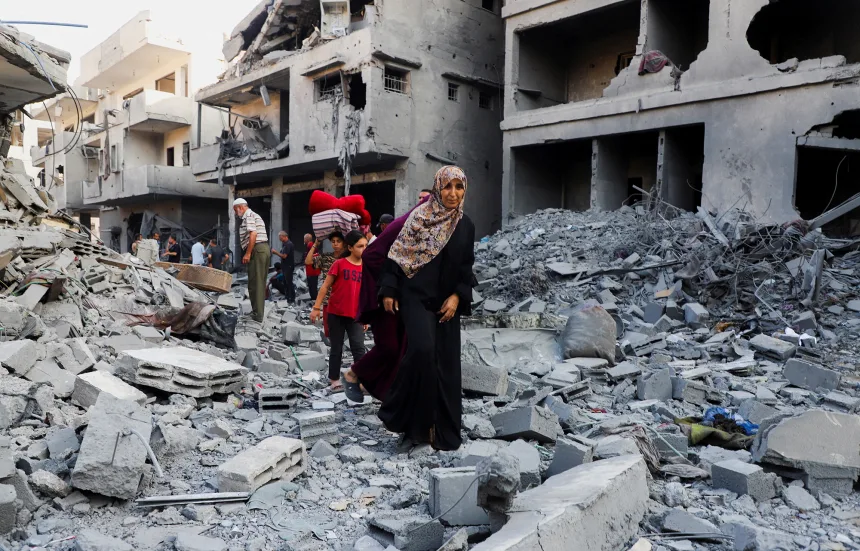On Tuesday March 11th, Israel broke the ceasefire agreement with Hamas by launching airstrikes on the Gaza Strip, killing over 400 people and injuring hundreds more.
The next day Israeli Military forces said that they had launched a targeted ground operation around central and southern Gaza to make a slight buffer between the north and south enclaves.
Both Israel and the Trump administration have blamed Hamas due to them continuing attacks as well as the refusal to meet Israel’s demand to release more hostages in order to resume the peace talks. Even though this was not a part of the original ceasefire agreement that went into effect on January 19th, the first part of the ceasefire agreement made Hamas release 25 living hostages and the body’s of eight in exchange for roughly 1,800 Palestinian prisoners. This part of the deal ended on March first.
According to NBC News, the second phase occurred 16 days later with the exchange of all hostages and a ceasefire. During the third part of the deal all bodies of hostages were returned.

But according to NBC Netanyahu, the Prime Minister of Israel, had accepted a plan from Steve Witkoff, Trumps special envoy, that would extend the ceasefire for an additional 50 days in order to discuss a phase two.
This proposal was immediately rejected by Hamas. After the rejection Israel blocked transport of aid and goods.
On Friday the 4th, Egypt proposed a ceasefire agreement as well as a prisoner exchange. AA News stated that while there was no specific details mentioned the new deal is a middle ground between Egypt and Quatar’s offer.
This included the release of 5 living prisoners as well as Israel’s proposal which demanded the release of 11 living prisoners held in Gaza. Israel estimates that there are 59 hostages currently being held captive in Gaza with at least 22 still alive.














